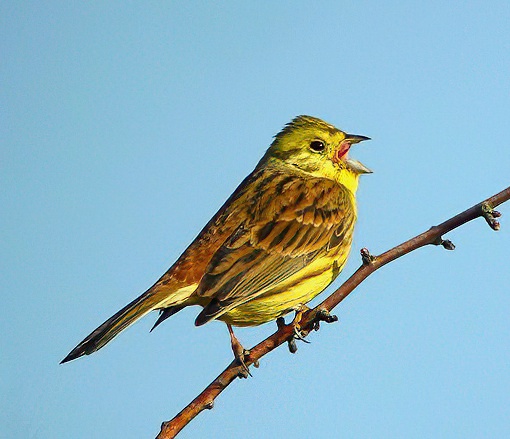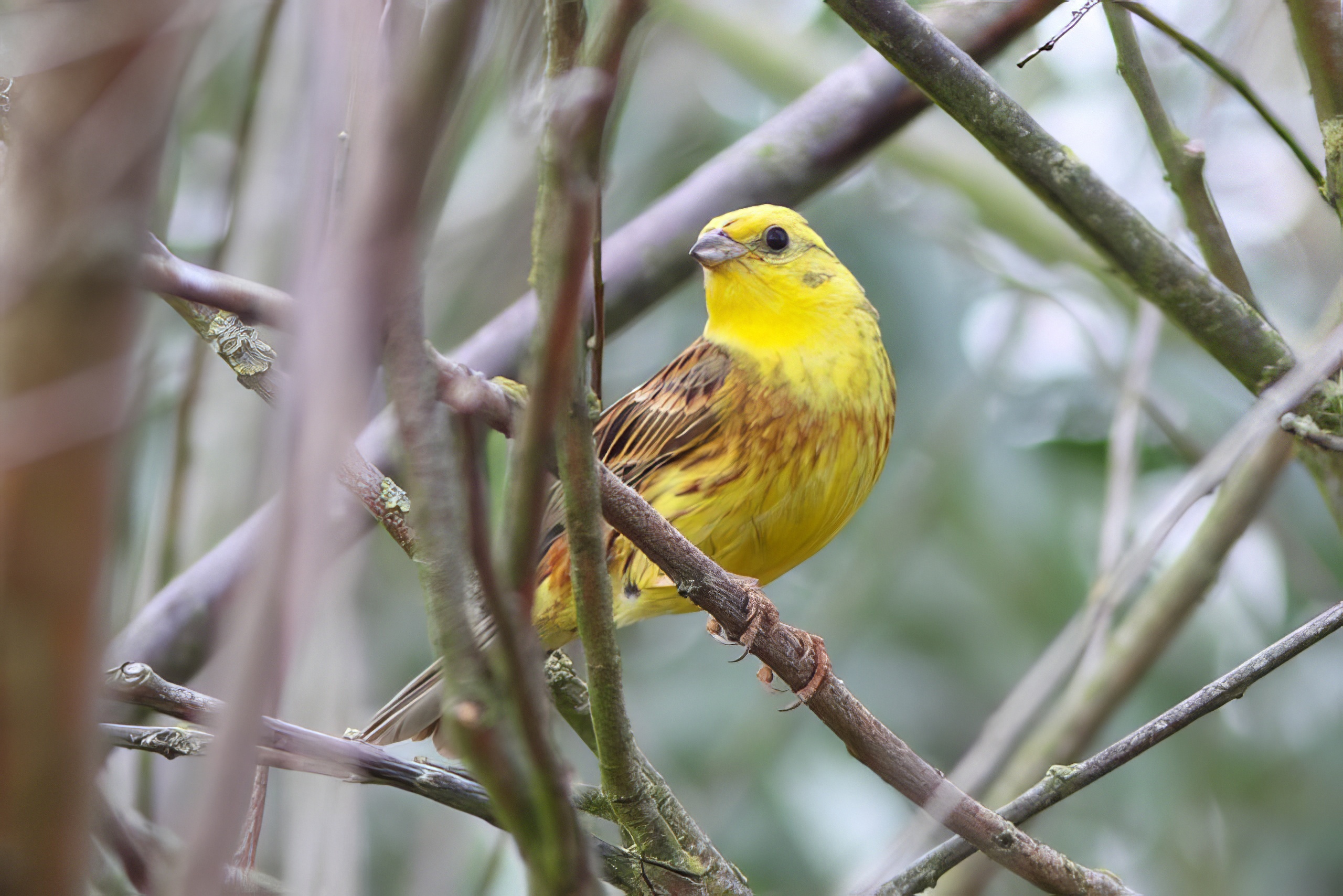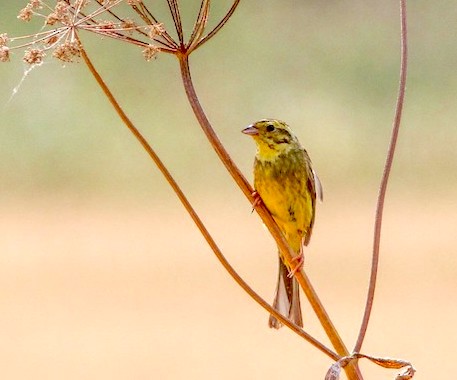Yellowhammer Emberiza citrinella
Very common resident.



Yellowhammer is a very widespread bird in Lincolnshire which is not surprising given that it a bird of arable farmland. The Atlas found it in virtually every tetrad during the 1980s except parts of the Fens. The population at that time was estimated at 42,000-67,000 pairs but it was considered that might be an overestimate as the species was in general decline across the country at that point. The APEP4 adjusted population in 2016 comes out at 39,000 and given that the long term Lincs BBS Index suggests the population has fallen by 15% over the period 1994-2019, the Atlas estimate was probably more accurate than the authors thought. Why does this bunting seem more resilient to modern agriculture than its cousin the Corn Bunting E. calandra? They are both dependent on winter stubbles to see them through the winter but Newton (2017) points out that Yellowhammer is particularly responsive to the provision of winter seed crops through agri-environment schemes and these may have helped stem its decline from 2005 onwards. During the 1980s the Atlas found winter flocks in the range from 1-350. Big winter flocks can be hard to find as they can turn up in stubble and hedges anywhere. LBR for the five years to 2018 shows the largest flock each year ranged from 75 in 2015 to 250 at Fillingham in December 2018 with an average peak flock size of 160.
The vast majority of Yellowhammers don't move very far, but occasionally continental birds turn up on the coast. One ringed at Gibraltar Point on March 22nd 1980 was retrapped in The Netherlands November 8th 1981.
(Account as per new Birds of Lincolnshire (2021), included January 2023)
